From Breadboard to PCB: My DIY Frequency Synthesizer Build
By Eyobed on 8/13/2025
The successful development of custom electronic hardware follows a structured path from conceptual design to empirical verification. This article documents the key stages in the creation of a DDS Frequency Synthesizer, from the initial schematic design and PCB layout to the final testing and validation of the physical prototype.
Phase 1: Schematic Design and System Architecture
The foundation of any electronic system is the schematic, which provides a logical representation of all components and their interconnections. For this project, the schematic was developed using the KiCad EDA suite.
The system architecture was centered on three primary components:
- Microcontroller Unit (MCU): An ATmega328p was selected for its robust performance, extensive libraries, and sufficient I/O capabilities to manage the system's logic and user interface.
- DDS Signal Generation Core: The Analog Devices AD9851 module serves as the heart of the synthesizer. It is responsible for generating the high-frequency analog waveforms based on digital tuning words received from the MCU.
- User Interface: A standard matrix keypad and a 16x2 character LCD were implemented for user input and data display, respectively.
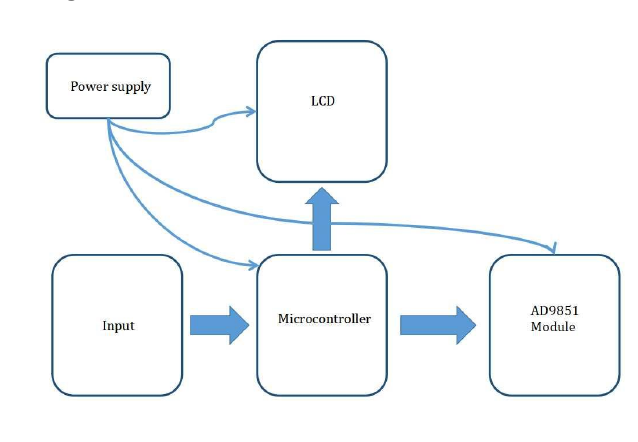
Phase 2: PCB Layout and Implementation
Transitioning from the schematic to the Printed Circuit Board (PCB) layout involves translating the logical connections into a physical arrangement of components and copper traces. The primary design constraint for this project was the use of a single-layer PCB to simplify the fabrication process.
A significant challenge during this phase was the absence of a standard KiCad footprint for the AD9851 module. To resolve this, a custom footprint was created by importing a scaled image of the module into the layout editor and precisely aligning the connector pads with the module's physical pins.
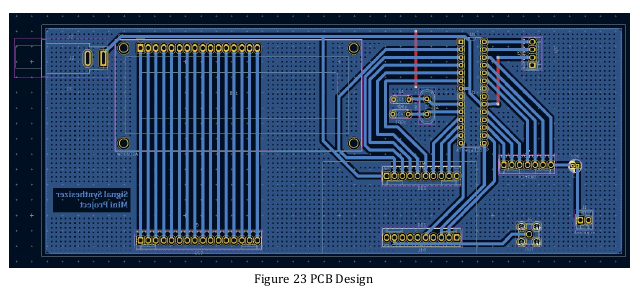
After component placement, traces were carefully routed to establish all necessary connections without crossovers. The final design was then visualized using KiCad's integrated 3D viewer, providing a valuable pre-production verification of component clearances and overall board layout.
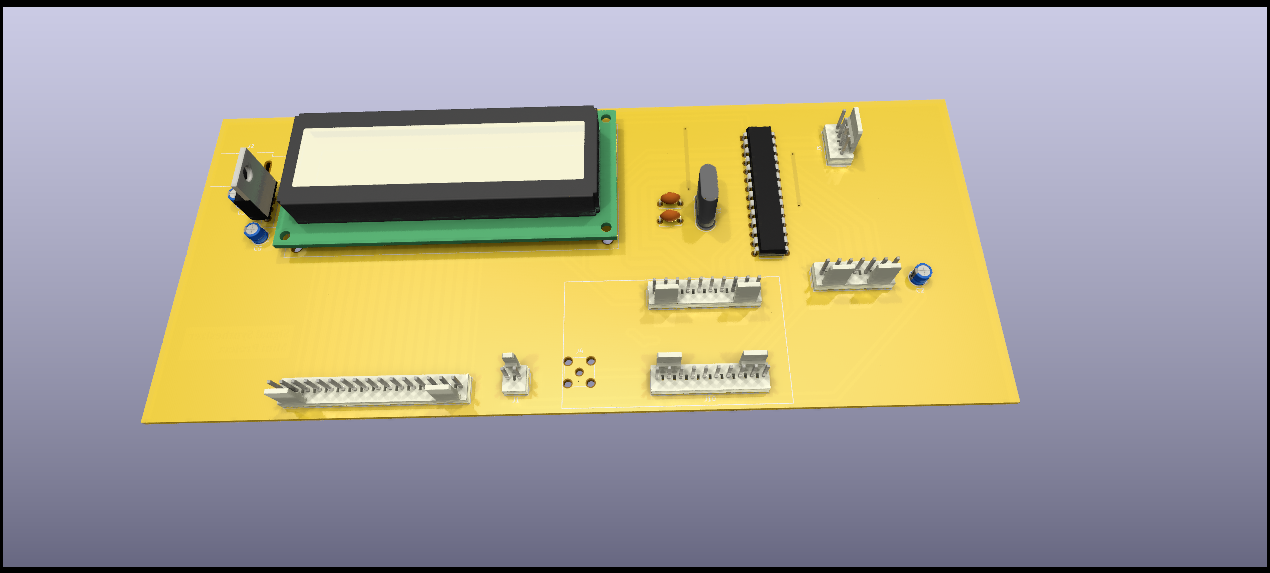
Phase 3: Assembly, Testing, and Verification
Following the fabrication of the PCB, components were soldered, and the system was prepared for functional testing.
📺 Example: Testing DDS output on oscilloscope
The verification process involved analyzing the synthesizer's output in both the time and frequency domains using standard test equipment.
Time-Domain Analysis:
The output was first connected to an oscilloscope. When a frequency of 20MHz was entered via the keypad, the oscilloscope displayed a stable sinusoidal waveform with the correct period, confirming basic functionality.
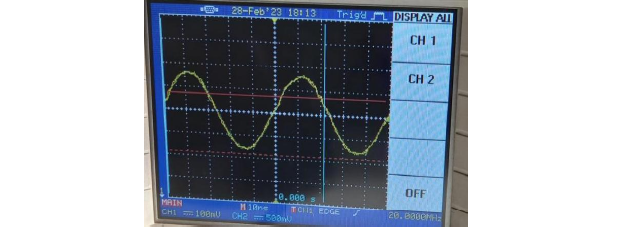
Frequency-Domain Analysis:
For a more detailed assessment, the output was fed into a spectrum analyzer.
-
Single-Tone Test: In the 20MHz single-tone mode, the spectrum analyzer displayed a distinct, high-power peak at the target frequency, indicating a clean signal with minimal spurious emissions.
-
Multi-Tone Test: The system was then configured for a multi-tone sweep from 20MHz to 30MHz. The resulting spectrum analysis showed power distributed across the entire specified frequency band, which is the expected outcome for this mode of operation.
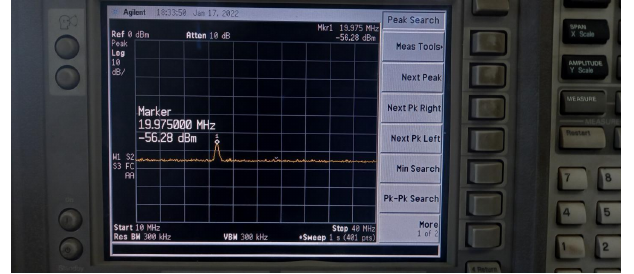
The successful results from both time- and frequency-domain tests confirmed that the physical hardware performed according to the initial design specifications. The project successfully navigated the development cycle from schematic concept to a fully functional and verified piece of laboratory equipment.